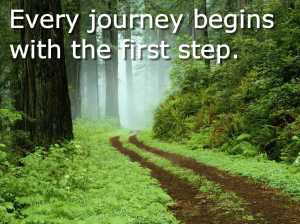September 17-19, 2013 in Indianapolis, IN, ExactTarget, now a Salesforce.com company, held their annual interactive marketing conference.
This was the fifth year I’ve attended the conference and I have always been impressed with the production CEO Scott Dorsey and team put on.
I went there looking for more information on device responsive communications, or simply put, the ability to create content that responds to the device you’re viewing the message on. There was a lot of talk about this topic and ExactTarget has a lot of resources on their website for those interested.
Overall, it was a solid message to marketers. ExactTarget, as part of Salesforce.com, has tighter product integration and a more developed offering that goes beyond just e-mail. Marketers should be excited about the “1:1 future.”
ExactTarget talked about making your brand into a “customer company” and getting out in front of trends and being more agile.
Dorsey said, “Customers have expectations and when those expectations aren’t met they have choices.” The focus was then on ways of meeting and exceeding those expectations during the conference.
The essence of the ExactTarget product portfolio is to engage customers and prospects in real time across many different types of media and technologies in a way that grows the relationship in a meaningful way.
The big product reveal was the Marketing Cloud–which helps organizations see a single view of the customer. It handles any “spectrum of knowledge you have on a contact.”
This was demonstrated by COO, Scott McCorkle.
Scott meticulously took 5,000 marketers through all the features using Red Box’s marketing playbook, a brand most people are familiar with. It was impressive. Once all your data systems are connected in the marketing cloud you have unlimited ability to engage customers in real-time. It’s the promise land for all marketers.
Don’t be surprised if you’re walking by a Red Box and they send you a text message that a movie you may be interested in is available 200 feet in front of you.
Building the marketing cloud for your organization using ExactTarget products looked like a very complicated integration process, but that wasn’t discussed much.
Speaker and author Jim Collins was there. He urged people to create a “stop doing list.” After a couple minutes of thought I added “create a stop doing list” to my stop doing list.
One of the statistics that I heard several times was that 70% of a sale is complete before the sales rep ever gets involved. That’s evolved pretty quickly over the last five or six years for B2Bs. Because consumers are doing more research online and brands are publishing more content to help them, It puts more pressure on marketing to communicate to customers farther along in the decision process and provide customers what they need to make their decision.
As for content marketing, the message was to stop focusing on thought leadership and more on delivering the right piece of content for the right person at the right time. If 70% of the B2B sale is going to happen through marketing, this seems logical.
It will be interesting to see how Salesforce.com and ExactTarget work together going forward and especially how the DreamForce and Connections conferences evolve.




